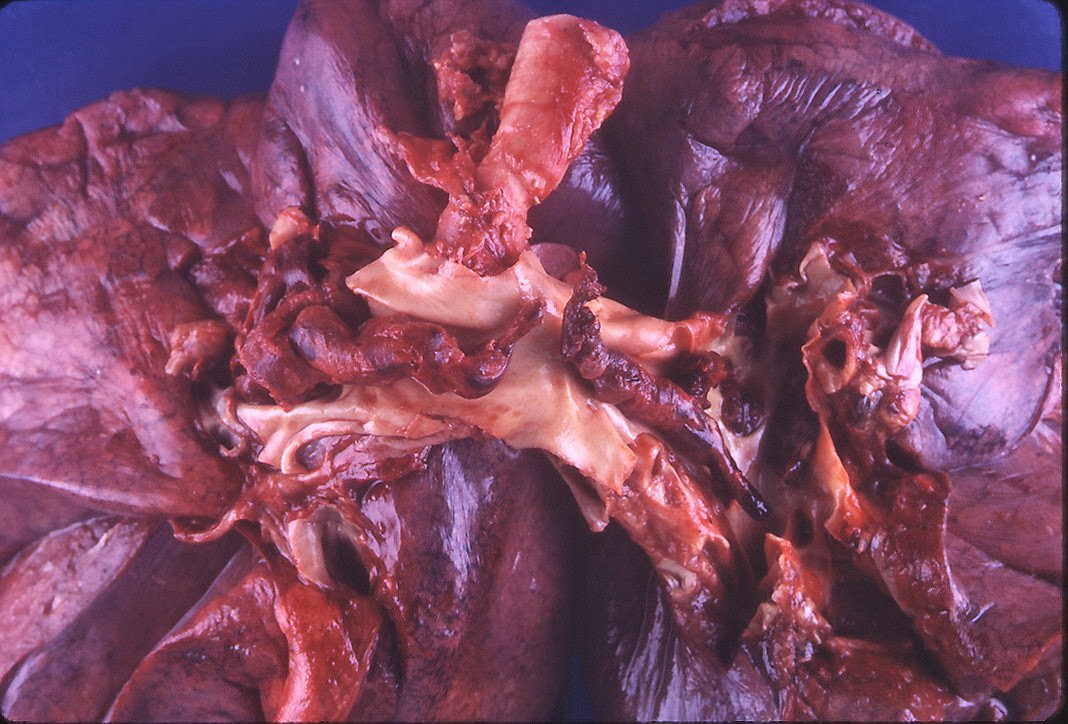Journal Club Summary
Methodology Score: 4/5
Usefulness Score: 3.5/5
Aujesky D, et al.
Lancet. 2011 Jul 2;378(9785):41-8.
Abstract Link
Abstract Link
This open label, randomized, un-blinded, multi-centered trial compared inpatient vs. outpatient treatment of low-risk PE showed that outpatient management is non-inferior with respect to endpoints of recurrent VTE, major bleeding, and mortality. JC attendees felt the methodology was strong; however, were less in favour of the per-protocol analysis calculations used to show non-inferiority for bleeding outcomes when this was non-significant in the intention-to-treat analysis. Overall, this study supports our current practice of outpatient management of patients with low-risk acute PE, but lacks any practice modifying findings.
By: Dr. Lindsey Forest
(Presented April 2014)
Epi lesson: Intention to Treat vs. Per Protocol Analyses
The standard analytic approach for RCTs is intention to treat (ITT), where patients are analysed in the groups to which they were allocated, irrespective of what they actually received. These analyses are intended to avoid over-estimation of a potential treatment effect if there are biases secondary to losses to follow-up or treatment non-adherence. It is legitimate to additionally conduct per protocol analyses (where patients are analysed according to what intervention they actually received) but these should not drive the final conclusions, particularly if the results are potentially influenced by these biases.
By: Lisa Calder

